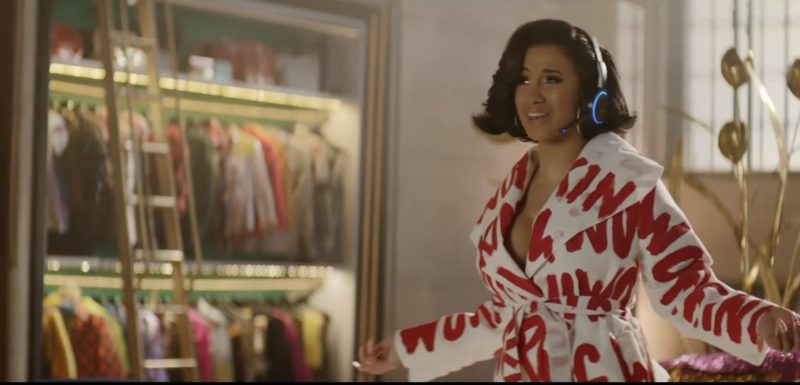Traditionally marketing has been one-to-many with broadcast media such as TV, radio, billboards and print, and direct mail with minimal if any personalization.
And sales was one-to-one.
But increasingly marketing is personalized. Jeff Bezos said 20 years ago that Amazon should not have one home page, it should have millions – and it does: each tailored to best sell to that individual. B2B companies are significantly improving their websites, their most important marketing asset, by personalizing based the company of the person visiting, their previous website activity, their interactions with other content of the company (emails, social media posts, etc.) and third-party data. Improved capabilities to identify individuals will mean even greater personalization in emails, direct mail, even ads.
Sales, on the other hand, in many cases has changed to a one-to-many function requiring selling to a buying team of many people with potentially very different interests. Even selling to a family can involved a “buying team” of children of the elderly, or other groups.
This all puts new demands on both marketing and sales. Sales people need to understand a much broader set of buyers, and marketing needs to help them with customer insights and appropriate content.

